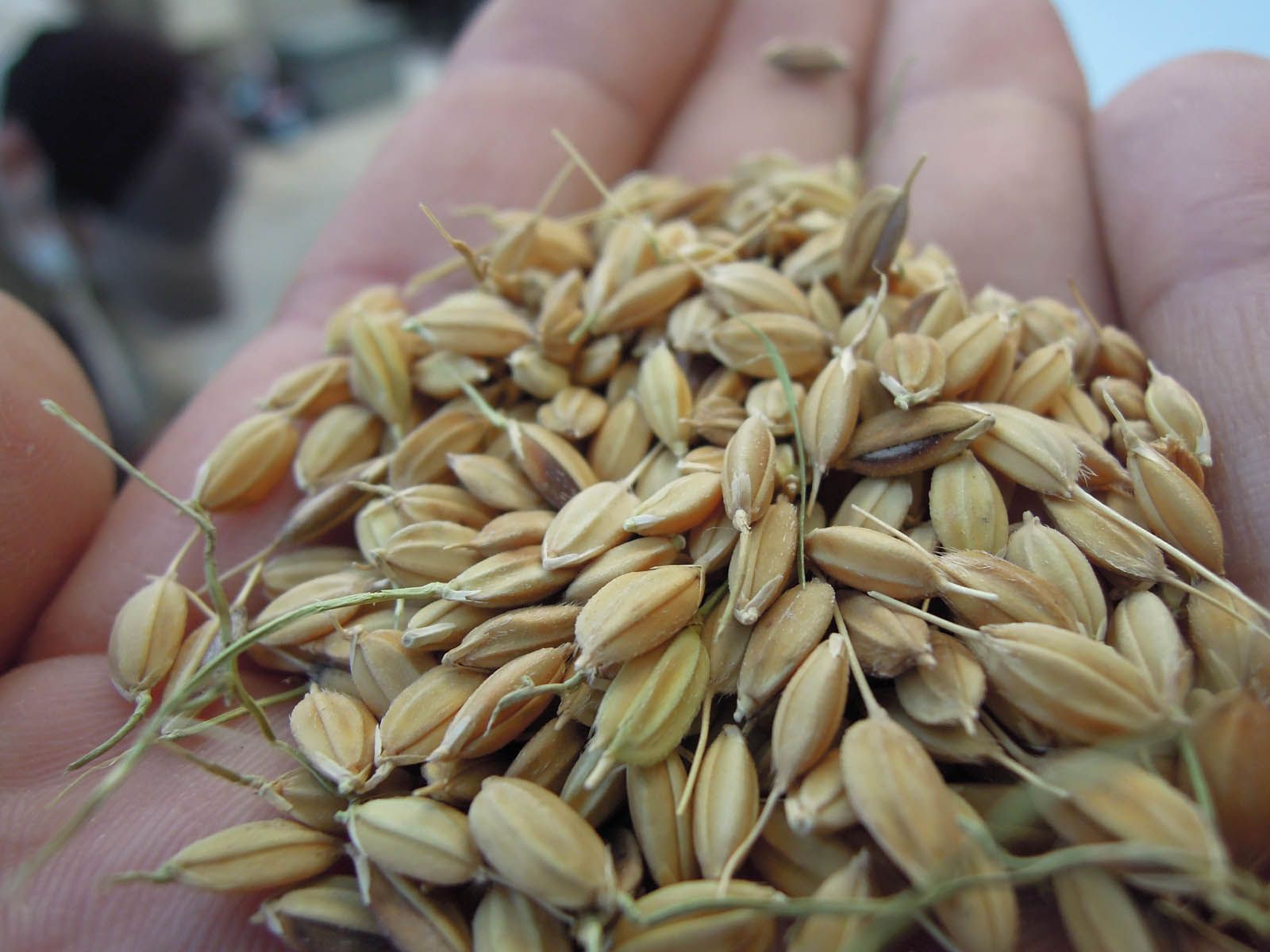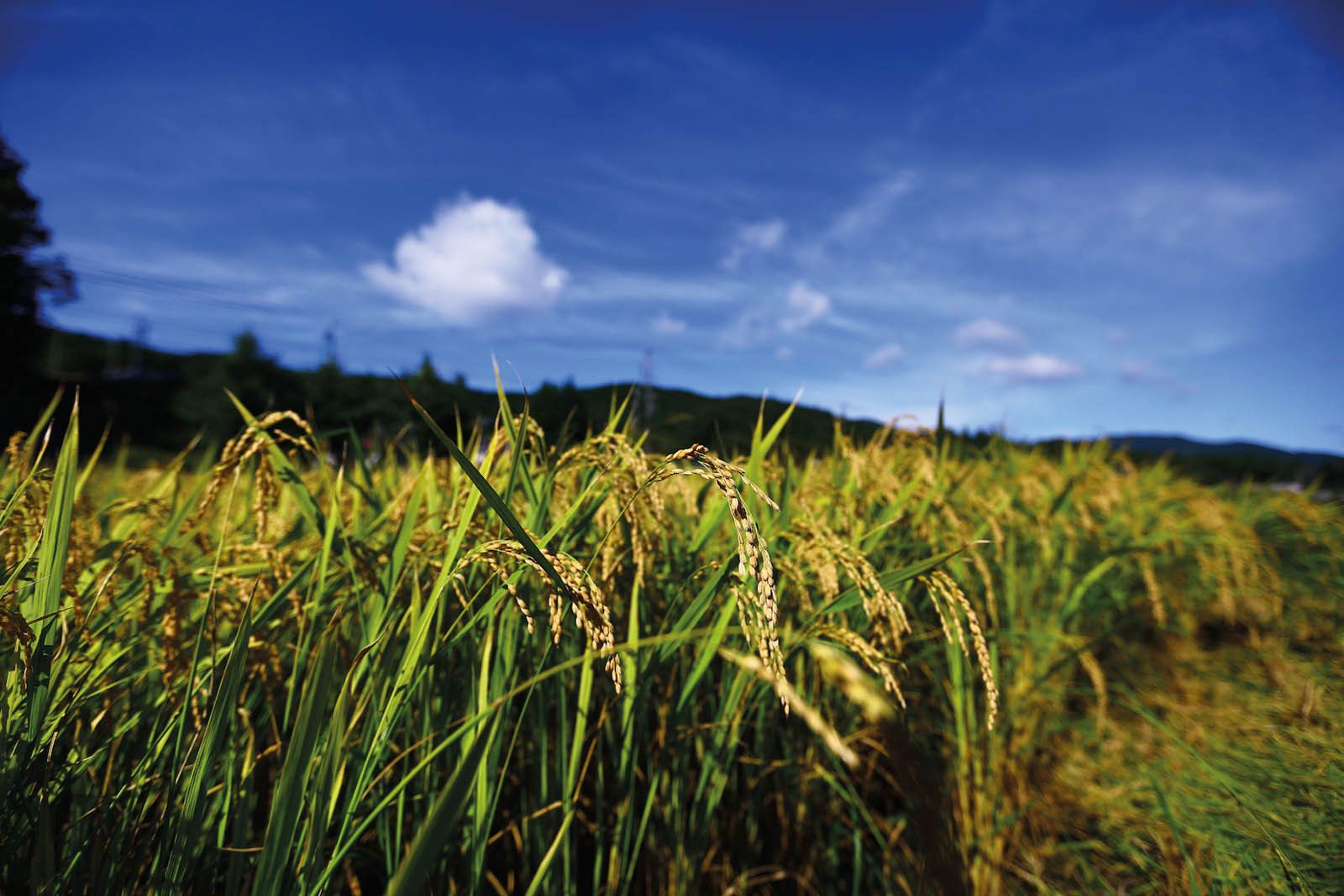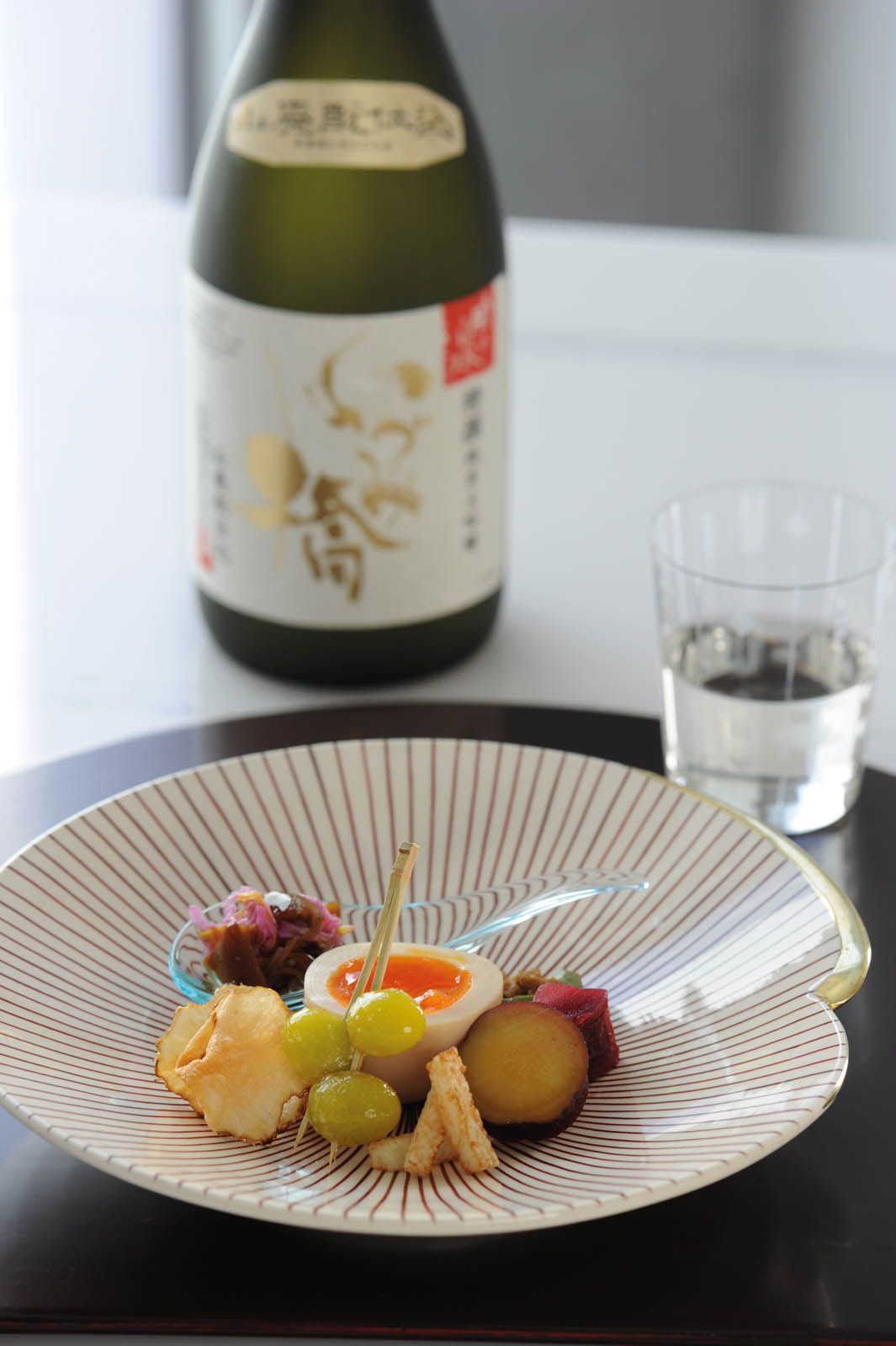Why wine columnist and sake sommelier, Kyoko Nakayama, feels this widely loved Japanese brew trumps your favourite Burgundy come dinnertime
When dining out or choosing a bottle from a liquor shop, what would you pick to have with your meal? If you’ve always gone with your favourite varietals, guided by the simple formula of pairing reds with meat or game and whites with seafood, you might want to consider something less rigid or conventional. Why sake, you ask? Well, like the curse of typecasting Western wines once endured, many often think sake only goes with Japanese food. This is not true.
In fact, it’s versatility is one of its most overlooked qualities. Sake is made using parallel multi-stage fermentation, which is unique to East Asia. Fermentation of fruit wines is dependent on the sugars inherent in grapes, but rice, which is used to make sake, only contain starch—so there is also the need to do saccharification (the process of breaking a complex carbohydrate into sugars), then fermentation turns the sugar generated from starch into alcohol. Also unique is the fact that these two reactions are happening at the same time, so as to achieve a high alcohol content. This procedure generates more umami compared to Western wine. In contrast, because sake is made from grain, it is usually low in acidity resulting in a very smooth drink that goes with a wide variety of foods. It also brings to the table added umami and a natural sweetness to the dish.
(Related: 10 Top Sakes To Savour Right Now)

Something fishy
Of course, there is nothing wrong with pairing white wines—and even selected reds, depending of the dish—with seafood. But if you have struggled with your wine tasting a little fishy, there is a good explanation, involving the oxidation of DHA and EPA found in seafood, the resulting peroxide lipid, and its reaction to iron found in wine (which is generated by the high mineral content of the soil). These reactions lead to the formation of 2,4-Heptadienal, which is the source of fishiness.
In contrast, traditional sake making uses soft water that is low in mineral content. Iron in particular is avoided as it will ruin the quality of sake. As such, iron content in sake is customarily very low.
(Related: The World's Best Sakes Are Best With Pesto Caprese Or Quiche)



